Custom Business
Stationery Design,
Professional Services
Create great-looking design projects quickly and easily.
Simply download, print use it!
Get the service.png)
When selecting a design service, consider their expertise, creativity, client reviews, communication,
pricing, turnaround time, and additional services to ensure they meet your specific design needs and requirements.
When selecting a design service, consider their expertise, creativity, client reviews, communication, pricing, turnaround time, and additional services to ensure they meet your specific design needs and requirements.
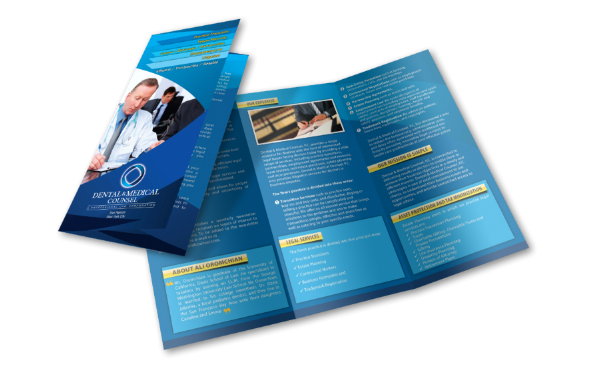
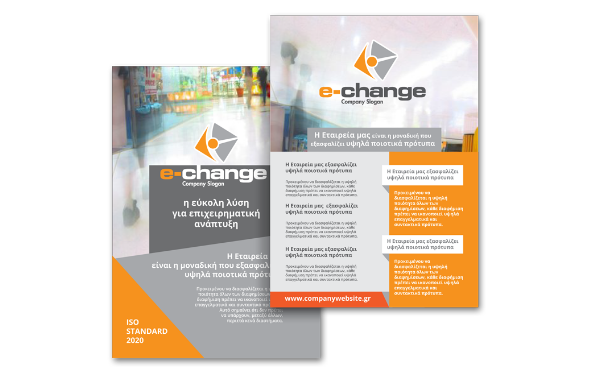
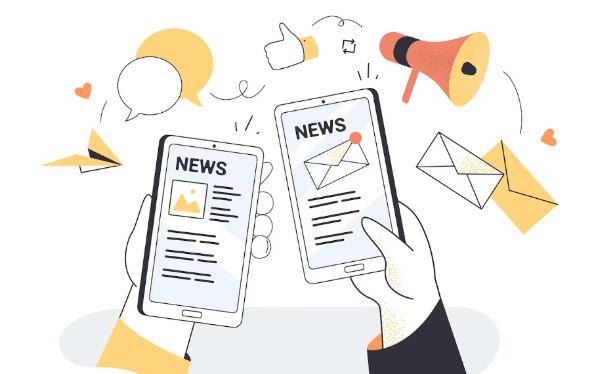
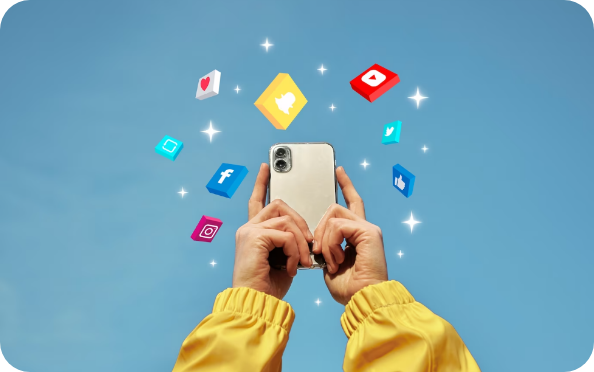
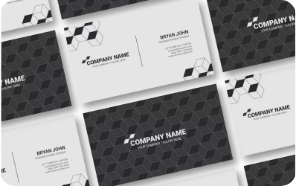
.png)

IDCode
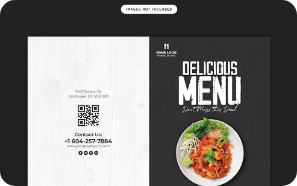
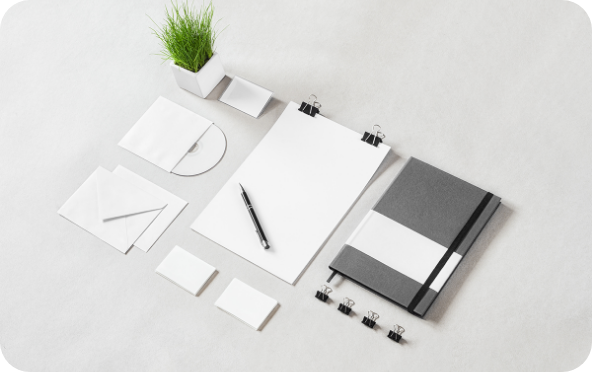

IDCode Designs
We use proprietary processes and industry standard methodologies to design and develop
high-performance digital experiences.
We use proprietary processes and industry standard methodologies to design and develop high-performance digital experiences.
Easily and swiftly generate visually stunning logos using our expertly crafted designs. Access logo layouts tailored for InDesign, Illustrator, Word, Publisher, and Pages, and download them effortlessly.
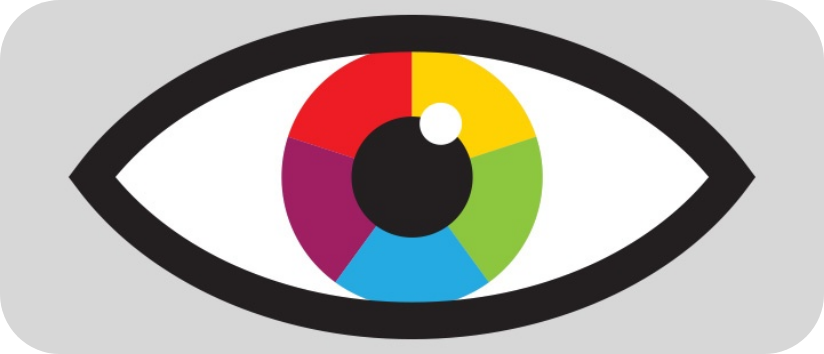

create captivating icons and buttons with our design tools to achieve the perfect look for your website, app, or project. Boost engagement and enhance user experience with visually appealing icons and buttons that seamlessly integrate into your design.

User Experience Design (UX) is about creating satisfying and effective experiences for users. It involves understanding user needs and designing intuitive, user-friendly interfaces. The aim is to enhance usability, increase customer satisfaction, and achieve business goals.
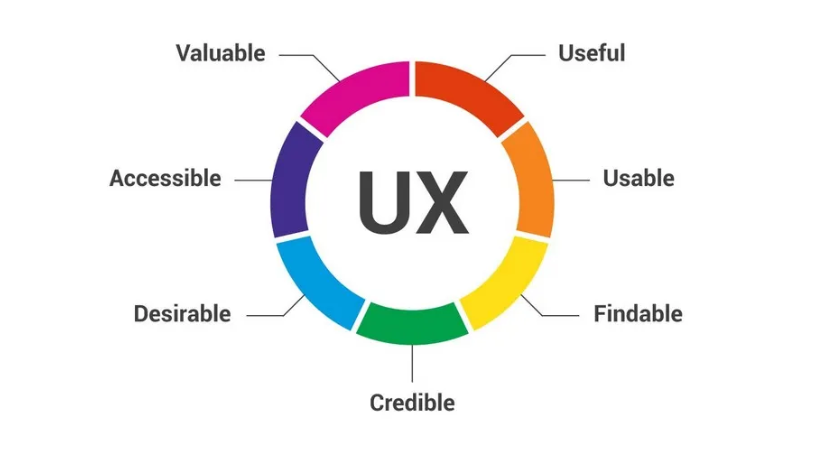
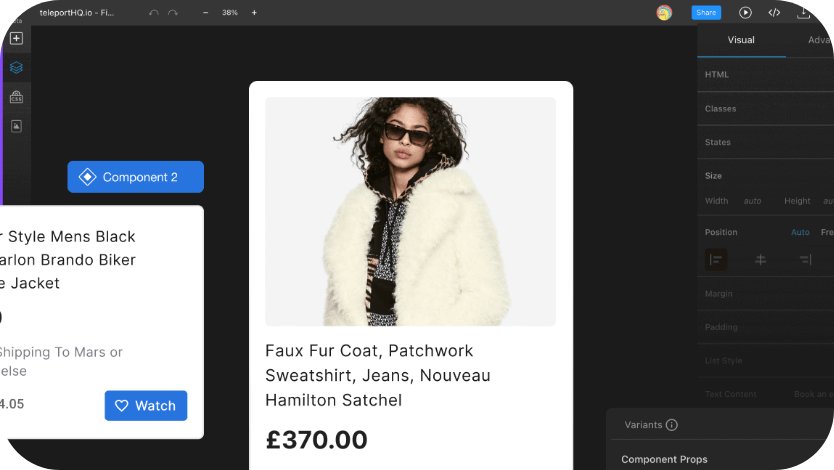
focuses on the visual and interactive elements of a product or system. The goal is to create interfaces that effectively communicate information, guide users, and enhance overall satisfaction. It Designs the layout, aesthetics, and functionality of the user interface to ensure a seamless and engaging user experience.

Mobile Application Design involves creating intuitive and visually appealing interfaces for mobile applications. It focuses on designing user interfaces specifically tailored for mobile devices such as smartphones and tablets. Mobile app designers consider factors like screen size, touch interactions, and device capabilities when crafting the interface.
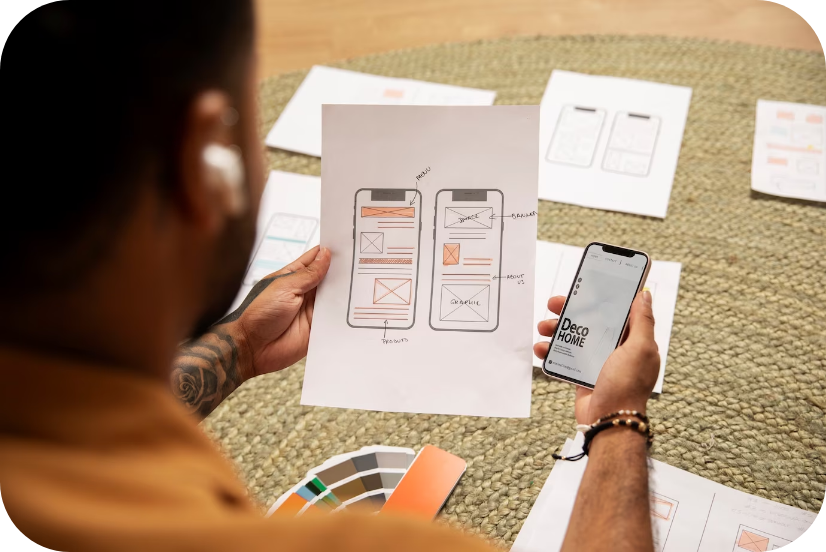

IDCode FAQs
1.
What is the purpose of design?
Design serves the purpose of creating visually appealing and functional solutions that solve problems, communicate messages effectively, and enhance user experiences.
2.
What is the difference between
UI and UX design?
UI (User Interface) design focuses on the visual and interactive elements of a product or system, while UX (User Experience) design encompasses the overall user journey and aims to create meaningful and enjoyable experiences.
3.
How important is branding in design?
Branding plays a crucial role in design as it helps establish a consistent and recognizable identity for a company or product, creating a sense of trust and differentiation in the market.
4.
What is responsive design?
Responsive design refers to the approach of designing websites or applications that automatically adapt and adjust their layout and content based on the screen size and device being used, ensuring a seamless user experience across different devices.
5.
What software or tools are commonly
used in design?
Designers often use software such as Adobe Photoshop, Illustrator, and InDesign for graphic design, Sketch or Figma for UI/UX design, and various prototyping tools like In Vision or Marvel for creating interactive prototypes.
6.
How does color theory impact design?
Color theory is the study of how colors can evoke emotions, convey messages, and influence user perception. Designers use color theory principles to create harmonious and impactful color palettes that align with the desired mood or brand identity.
7.
What is the role of typography in design?
Typography is the art and technique of arranging typefaces. It plays a vital role in design by enhancing readability, setting the tone and personality of a design, and guiding the user's visual hierarchy and attention.
8.
How does user research inform design
decisions?
User research involves gathering insights and feedback from target users to understand their needs, behaviors, and preferences. This information helps designers make informed decisions about features, interactions, and visual elements that will best meet user requirements and expectations.
9.
How can design contribute to sustainability?
Designers can contribute to sustainability by considering eco-friendly materials, optimizing energy usage, creating intuitive and efficient user interfaces, and promoting responsible consumption through persuasive design strategies.
10.
What is the iterative design process?
The iterative design process involves repeatedly refining and improving a design based on user feedback and testing. It includes stages such as research, ideation, prototyping, testing, and refining, with each iteration bringing the design closer to its optimal state.